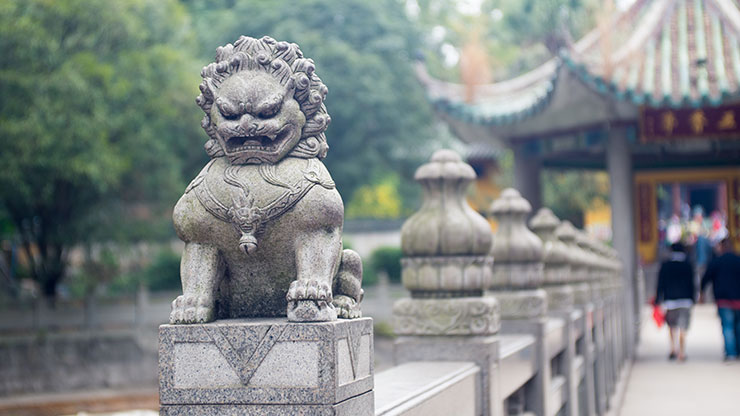
Dog Mythology
There are over four hundred different recognized breeds of dogs today. Dogs have evolved and been bred throughout history. But not all dogs were simply seen as ‘man’s best friend.’ In this article, we look beyond the facts and dive into some known dog mythologies and origins from cultures worldwide.
1. Native Americans
In Navajo mythology and among other Native American cultures and tribes, one type of canid that has always been prominent was that of the coyote, the form of one of the culture's deities (simply called “Coyote”). Coyote is often described as a trickster, representing both good and evil. He plays a significant role in the Navajo culture as being one that creates order in the world while at the same time interfering with the business of others and offering advice. There are many myths about Coyote, one that says he impersonated the Creator and another that says he told the first-ever lie.
2. Ancient Egypt
The animal most commonly associated with the ancient Egyptians was a cat, but dogs also played a significant role in their lore. One way was with the god Anubis, the god of death. Anubis is recognized today as having the head of a jackal, but the Egyptians considered him to have the head of a dog and would lead people into the afterlife. Dogs, in general, were kept as companions to the Egyptian people.
3. Greek Mythology
There are a few significant figures in Greek mythology that feature dogs. One that people recognize easily is Cerberus. Cerberus was a dog that belonged to Hades, the god of the Underworld. He guarded the gates of the Underworld to keep the dead from leaving and the living from entering without permission. He is often described as having three heads with a serpent’s tail and lion claws. The name “Cerberus” comes from the Greek word creoboros which means ‘flesh-devouring.’It is said that Cerberus came from Echidna, which was a half-woman, half-serpent, and Typhon, a fire-breathing giant covered with dragons and serpents.
Other known goddesses with dogs at their side were Artemis, the daughter of Zeus and Leto; Hecate, the daughter of the Titan Perses; and a nymph named Asteria. Artemis is known as the goddess of the hunt and often used dogs to aid in her hunts. Hecate was often depicted as being in a dog form or surrounded by dogs. Many of the dogs in the art of the goddess are usually large Molossus-type dogs, an ancient breed found in Greece and Rome that is now extinct.

4. China/Chinese Traditions
Dogs were highly regarded in Chinese traditions and are found in many myths and legends of the people. One such example is that of the “lion dogs” of China. The Guardian Lion Dogs were also called Foo Dogs. They look more like lions than dogs but were made to resemble Chow Chows and Shih Tzus, which were seen as sacred. Many statues of them can be found across China, still serving as symbols of protection. They are usually set up in male and female pairs.
One particular story of Chinese lore tells of a dog named Tiangou. This dog was large and lived among the stars, said to guard the gates of heaven.
People worldwide are familiar with the Chinese zodiac, which has a dog as one of the twelve honored animals. People born in the year of the dog are usually considered to have traits primarily associated with dogs, such as loyalty and being a caring and serving individual. The last year of the dog was 2018. The next one will not occur until 2030.
Conclusion
Dogs are amazing in real life and throughout history in the many stories found in the unique cultures around the world. Amazingly, most of these stories have three things in common about their dog and dog-like characters: They are guardians, protectors, and guides to the afterlife. That says a lot about how dogs, even nowadays, are viewed. People today still use and hold them to high standards as protectors and guardians over households. And, whether in mythical stories or right beside us on the couch, dogs have remained by the sides of humans for generations and will continue to do so into the future!










